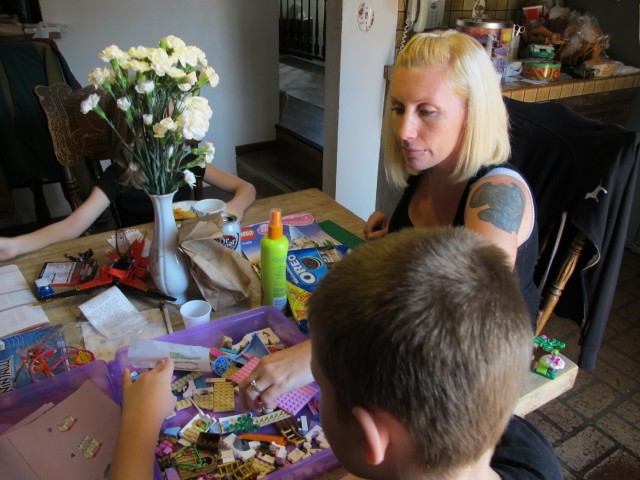
Editor's Note: In the past three years, more than 250 California inmates gave birth. Natasha Smith had her youngest daughter, Lydia, while at Valley State Prison in Chowchilla. The mother of four was serving time for drug possession and grand theft. This month, as part of our ongoing health series, Vital Signs, we're bringing you personal stories of health care behind bars. Smith talks about reuniting with her baby -- seven years ago -- in a program that lets mothers serve their time outside of prison. There were once several such programs in the state. Now, only one Southern California facility remains. Reporter: Susan Valot
By Natasha Smith
I had a normal delivery, a vaginal delivery, so I got 48 hours. And then at the end of the 48 hours, I had to either arrange for someone to come pick up my child or she would go into the [foster care] system. So, I actually had Lydia's father's mother come and pick up the baby. And I didn't really know her. It was very emotional handing over your baby to somebody you never even met.
You just kind of shut yourself down because it's too hard to deal with: "Where's my baby?" You just had a baby and your breasts are leaking. I mean, you're lactating and everything else but there's no baby.
You know, I cried for about a day, and then after that I had to go on about my business like I never had her because it was too much for me.